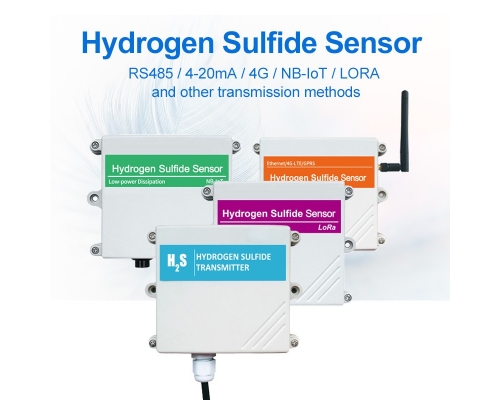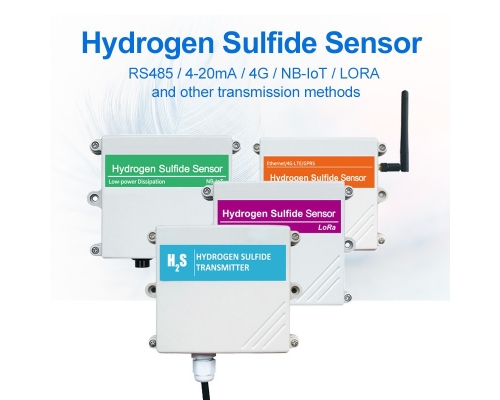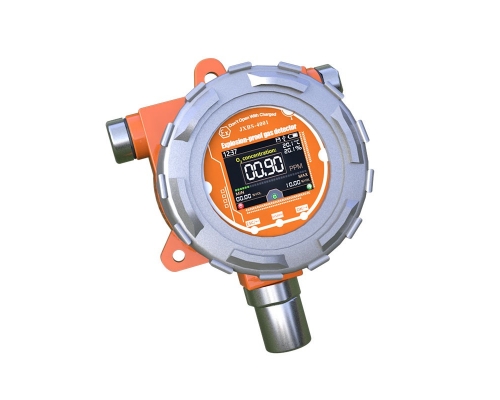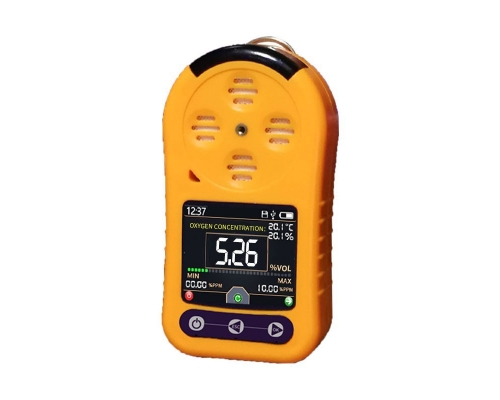
H2S Sensor Developed with the Potential to Save Lives
In this article, we will discuss the latest advancements in H2S sensor technology and how they are helping to protect workers and the environment.

In this article, we will discuss the latest advancements in H2S sensor technology and how they are helping to protect workers and the environment.
In recent years, there has been significant progress in the development of H2S sensors, which are devices that can detect the presence of H2S gas in the air. These sensors are critical for preventing accidents and saving lives in industrial settings where H2S is commonly found. In this article, we will discuss the latest advancements in H2S sensor technology and how they are helping to protect workers and the environment.
One of the most important applications of H2S sensors is detecting gas leaks. Gas leaks can occur for a variety of reasons, ranging from equipment malfunctions to human error, and they can be extremely dangerous, even deadly. Detecting gas leaks early is critical for preventing accidents and minimizing the risk to workers and the environment.

H2S gas sensors are designed to detect the presence of H2S gas in the air quickly and accurately. They provide a warning when H2S levels reach a certain threshold, giving workers time to evacuate the area and take appropriate measures to contain the leak. This early warning system has enormous potential to save lives and prevent accidents.
The latest H2S sensor is designed with advanced technology that allows them to be smaller, more accurate, and more reliable than previous generations. For example, some sensors use electrochemical cells to detect H2S gas, while others use optical sensors that detect changes in light absorption. These sensors can be used in a variety of settings, from confined spaces to open air environments, and can be integrated into existing safety systems for even greater protection.

One of the most promising developments in H2S sensor technology is the use of nanomaterials. Nanomaterials are materials that are smaller than 100 nanometers in size and have unique properties that make them ideal for use in sensors. By using nanomaterials in H2S sensor, researchers are able to develop sensors that are more sensitive, more selective, and more energy-efficient than traditional sensors.
Another important innovation in H2S sensor technology is the use of wireless communication. Some sensors are designed to be wirelessly connected to a central monitoring system, which can provide real-time updates on H2S levels in the environment. This allows workers to monitor for leaks and take appropriate action quickly and efficiently.
H2S sensors have a wide range of real-world applications, from protecting workers in industrial settings to monitoring air quality in residential areas. In the oil and gas industry, H2S gas sensors are used to detect H2S gas leaks in offshore drilling rigs, refineries, and pipelines. In wastewater treatment plants, H2S sensors are used to detect H2S gas emissions and prevent corrosion of equipment.
H2S sensors are also being used in areas outside of industrial settings. For example, some cities are using H2S sensors to monitor air quality and detect potential gas leaks in residential areas. This type of monitoring is critical for protecting the health and safety of residents, especially in areas that are prone to environmental contamination.

H2S sensors have the potential to save lives and prevent accidents in a wide range of industrial settings. With advances in technology and continued research, H2S sensors will become even more accurate, reliable, and easy to use. As the demand for better safety measures in industrial settings continues to grow, H2S sensors will become an essential tool for protecting workers and the environment from the dangers of H2S gas.